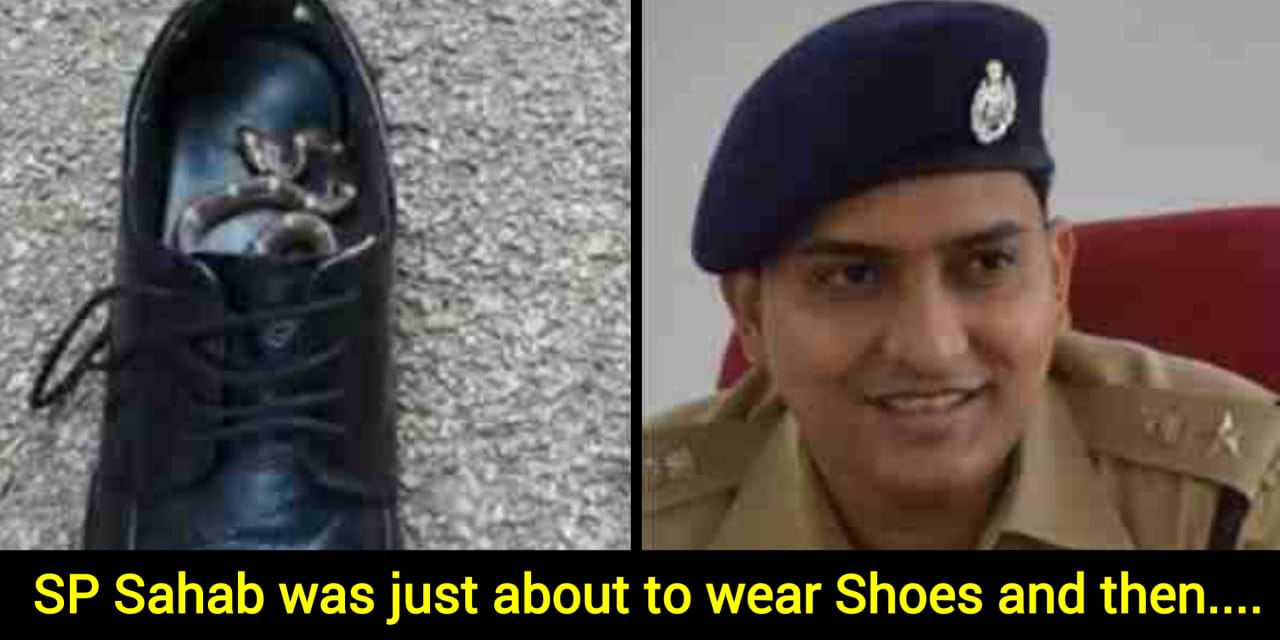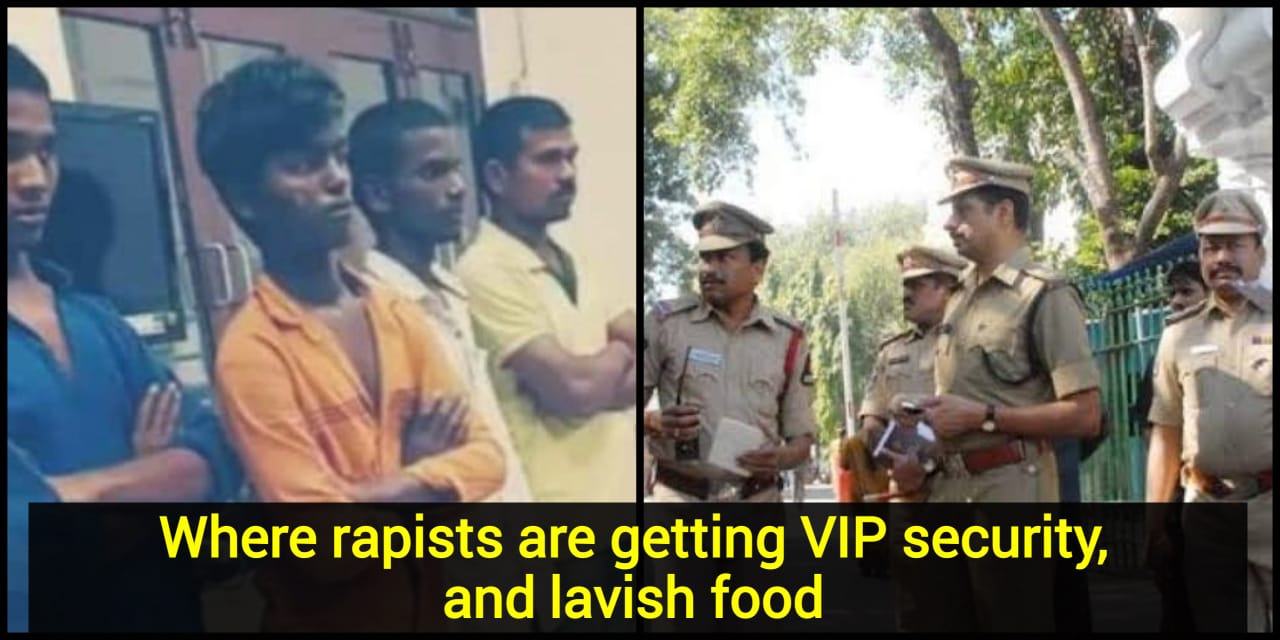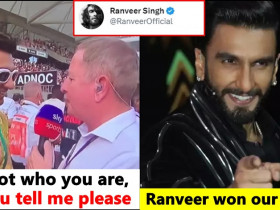No products in the cart.
Meet ISRO Scientist VR Lalithambika- She Will Lead India’s ‘Manned Mission’ To Space
India is not the same as before when it comes to space and research. A sensational development has crept in where the country will be looking forward to its manned mission to space. To execute this project, a creative team with an experienced head are required.
The project will be steered by Dr VR Lalithambika who is a skilled taskmaster, control systems engineer. Her connection with ISRO has been so special that she has spent three decades with the 50-year-old prestigious organisation. Now, she has been handed an important task to chip in with a manned mission to space by 2022.

Having plied the trade for three decades, the 56-year-old Dr Lalithambika has had a fantastic stint working with ISRO. She worked on all Indian rockets Polar Satellite Launch Vehicle (PSLV), Geosynchronous Satellite Launch Vehicle (GSLV) and an indigenous space shuttle. She has been quite phenomenal in playing a big part in several projects including the launch of 104 satellites at a single launch on February 15, 2017. She also played a substantial role in the execution of over 100 space missions.
“Directorate of human space programme has recently been set up at the Isro headquarters. My designation is director, DHSP. We will be working under the guidance of the Isro chairman to complete the mission. We are currently charting out ways as of how it should be done. All Isro centres will be involved in the execution of the programme. In fact, academia and industry will also be roped in for the programme. I can’t give any more information about it,” said Dr Lalithambika.
During her schooling days, she was praised as the bright student. “My grandfather was a multi-faceted personality. Besides being a mathematician, he was an astronomer and gadget-maker too. He used to make lenses, telescope and microscopes at home itself,” said Dr Lalithambika.
“Right from childhood, I had exposure to science and technologies because of him. Our house in Thiruvananthapuram was very close to the Thumba rocket testing centre. I could watch sounding rocket launches from home.
My grandfather used to alert me about all upcoming launches in the evening and educate me about Isro’s work. Naturally, I was drawn towards Isro since childhood because of him. My father was an engineer and my husband too had the engineering background. We are a family of engineers.”
She prepared herself for examinations and successfully cleared GATE, but didn’t join IIT. She got married. However, she explained why she didn’t join IIT.
“I did B.Tech from College of Engineering in Thiruvananthapuram and was the college topper. Then I got married and subsequently pursued M.Tech in the field of control engineering from the same college. I am proud of passing out from a college that has produced many stalwarts in diverse fields of engineering. In a sense, marriage is what made me, as most of my achievements came after that. When I joined Isro’s Vikram Sarabhai Space Centre in 1988, I already had a two-year-old child but my husband took the big burden of taking care of the house.”
After having two children, she did her PhD. It has been 30 years since she joined ISRO and she has been the pillar of the organisation. She loves challenges and has by far executed their plans in significant missions like PSLV and GSLV. “In my 30 years of stint in Isro, I have tasted both failures and successes. Some 2-3 months after I joined Isro in 1988, we saw the failure of the second ASLV and thereafter the first PSLV.”
“My first direct experience of failure was with the first PSLV launch. It was such a traumatic experience. We learnt a lot from it. Thereafter we focussed on simulations. Since that failure, PSLV never failed us and became the most trusted workhorse of Isro.”
After a remarkable experience with PSLV, she said, “I am a qualified control engineer. I started off with PSLV as a control engineer and was involved in all missions thereafter. GSLV Mk II, Mk III and reusable launch vehicle. Before coming to the Isro headquarters in Bengaluru, I was deputy director (control, guidance and simulation) at Vikram Sarabhai Space Centre, Thiruvananthapuram.”
I and my team have been working on guidance, autopilot design, and navigation guidance and control simulations which involve both hardware and software. This is one of the specialised areas related to the vehicle launch technology.
When asked about manned mission, she said,”There are many reasons why we should go for the manned mission, which have been beautifully elucidated by the Isro chairman in his press conference recently.”
When asked about the scientist she admired the most, she said Marie Curie. “Marie Curie. I in fact once asked the same question to my daughter, who is a doctor. She gave the same answer. Probably because only a few women in those days were involved in research work. Therefore, the name of Marie Curie, a Noble laureate, always comes to our mind first.”
Originally Published In The Times OF India












